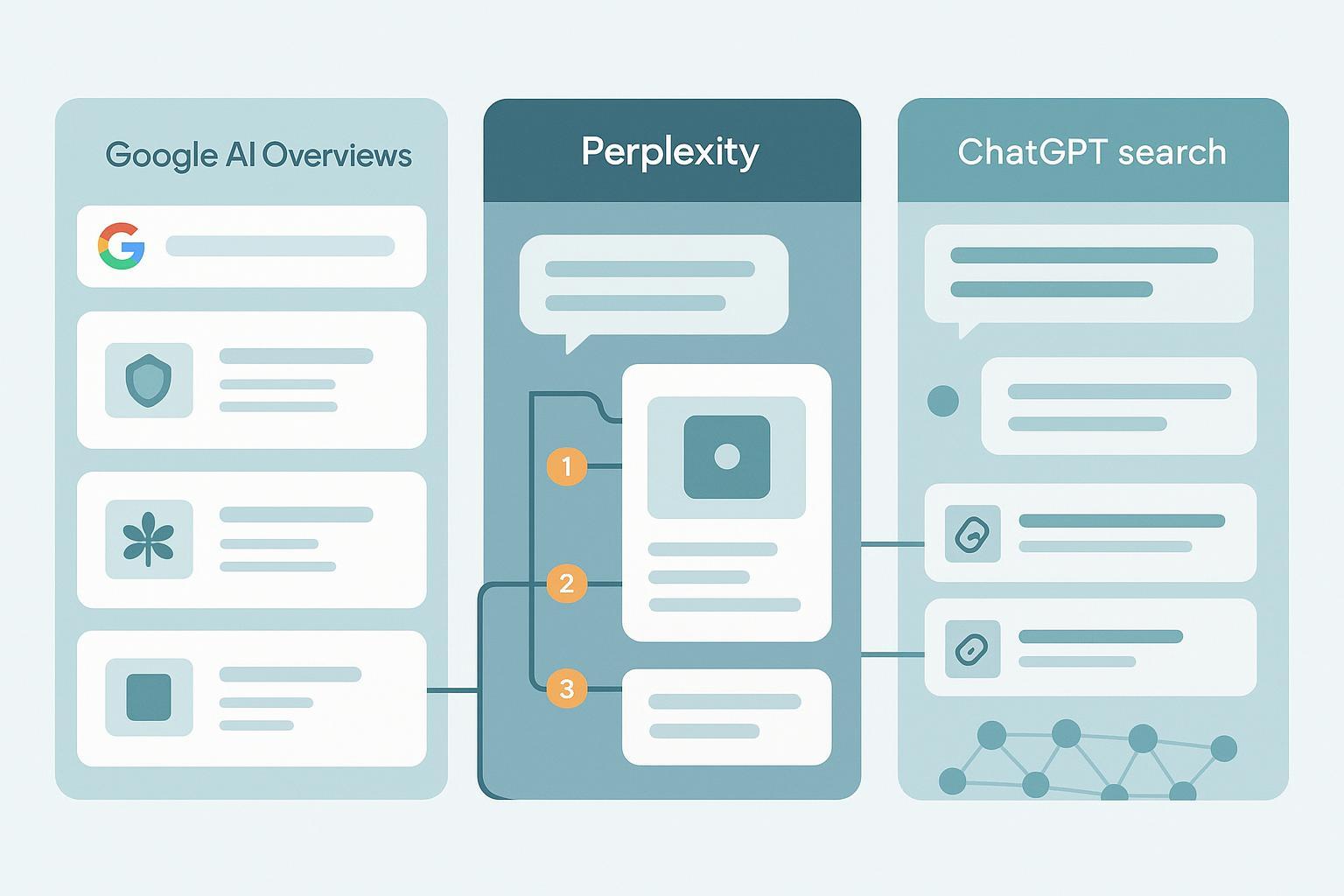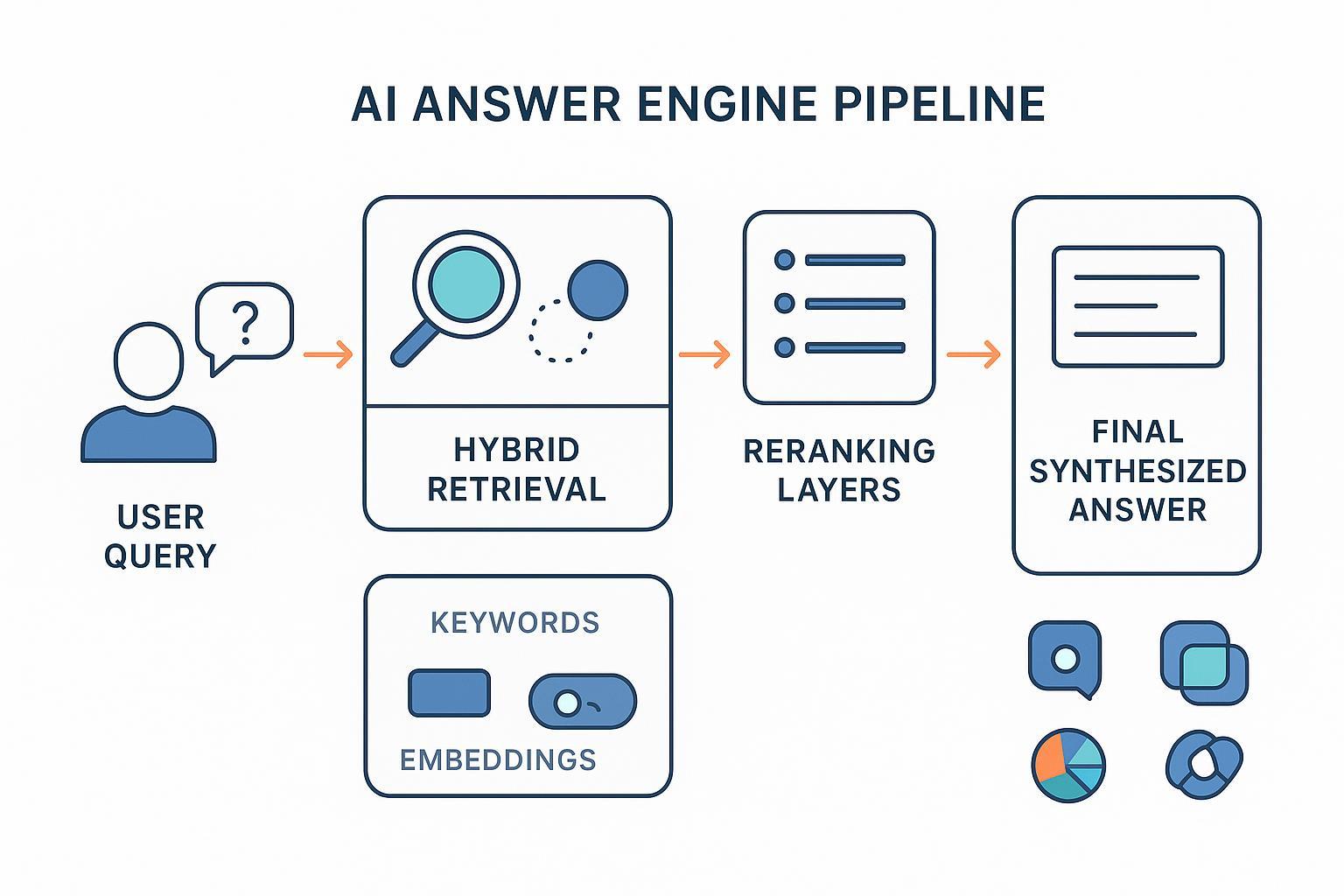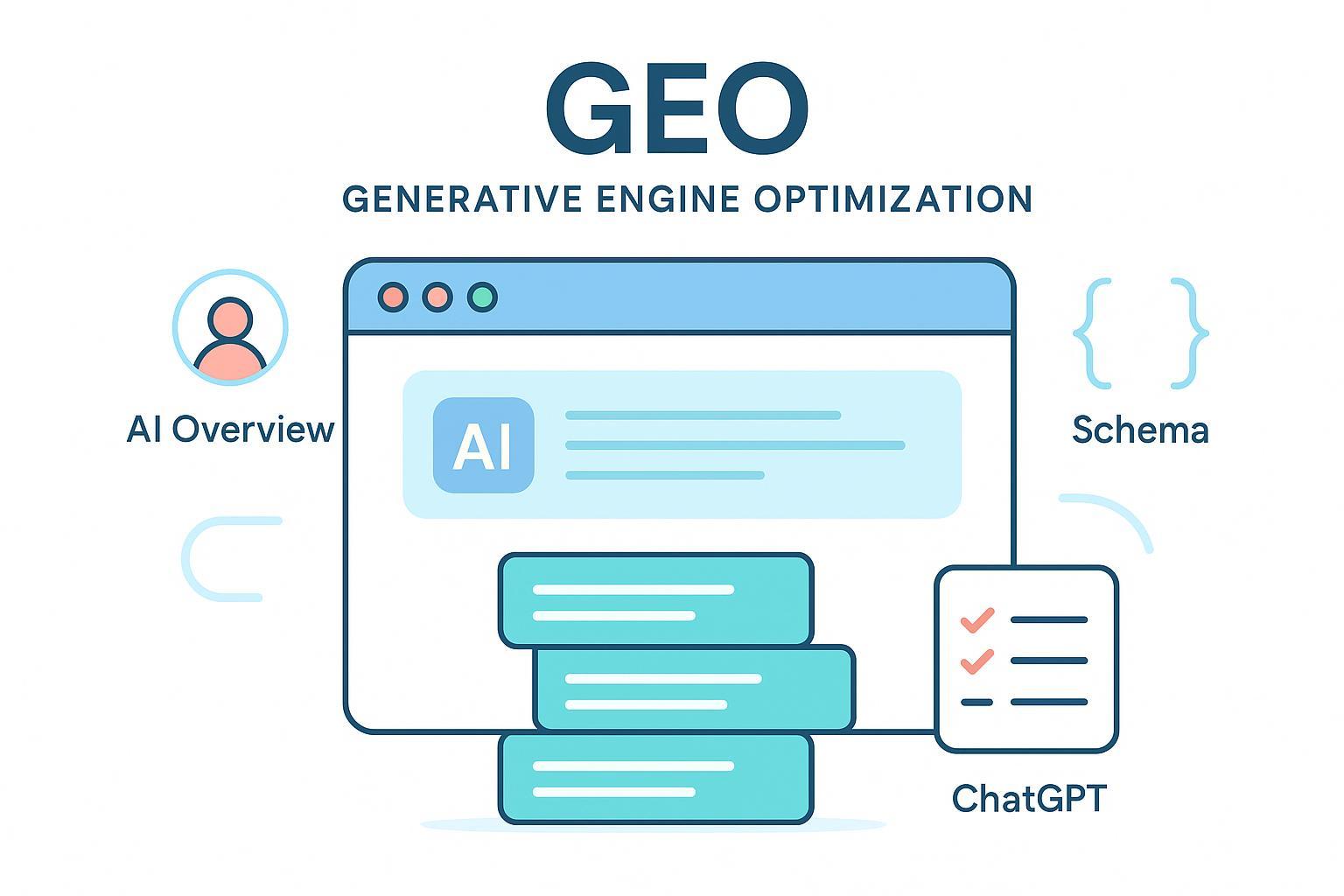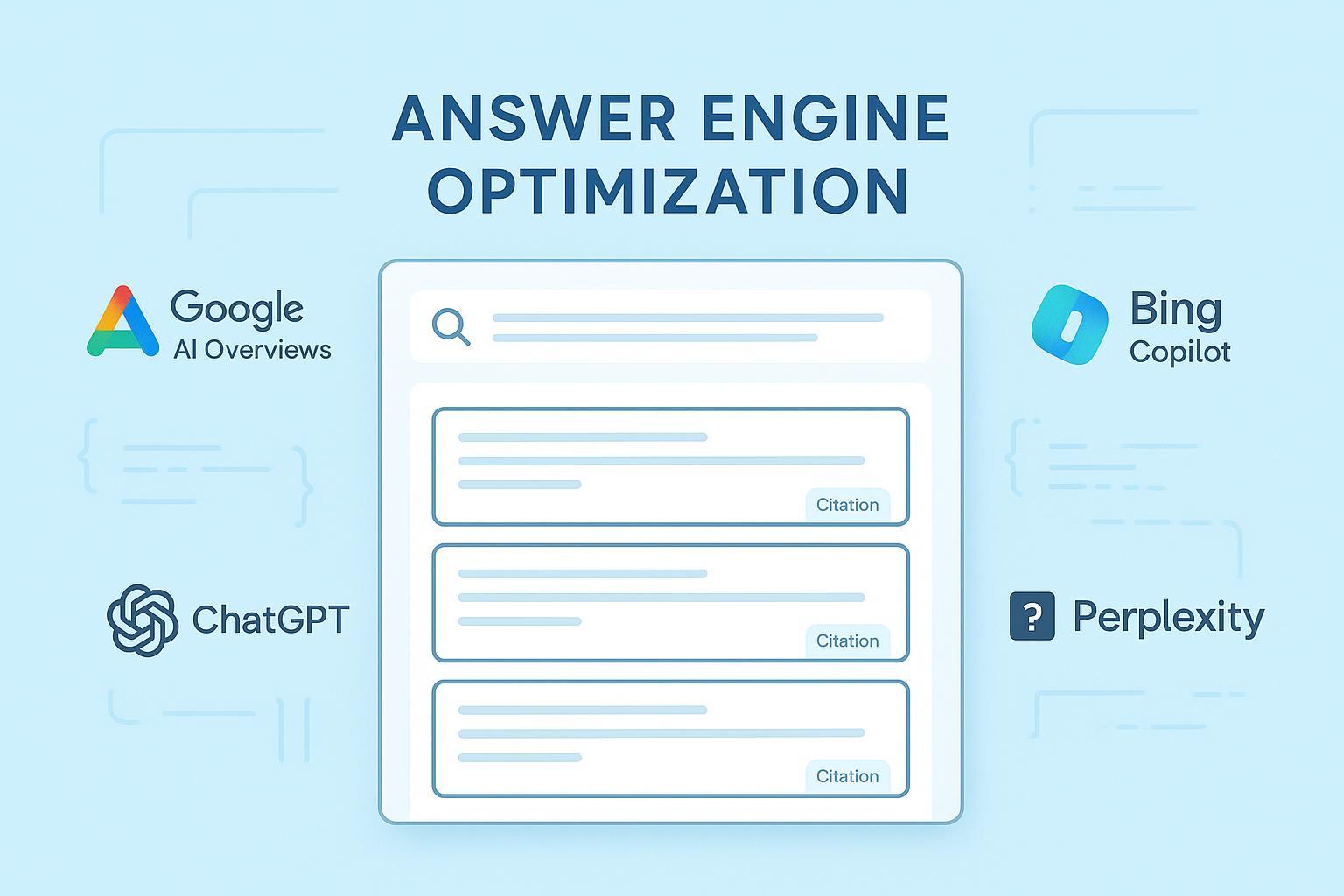Google Core Web Vitals 2.0: INP & People-First Content Update 2025
Explore Google’s 2025 Core Web Vitals 2.0 and INP shift. Discover why people-first content now outranks AI-scale. Actionable tips and expert links.

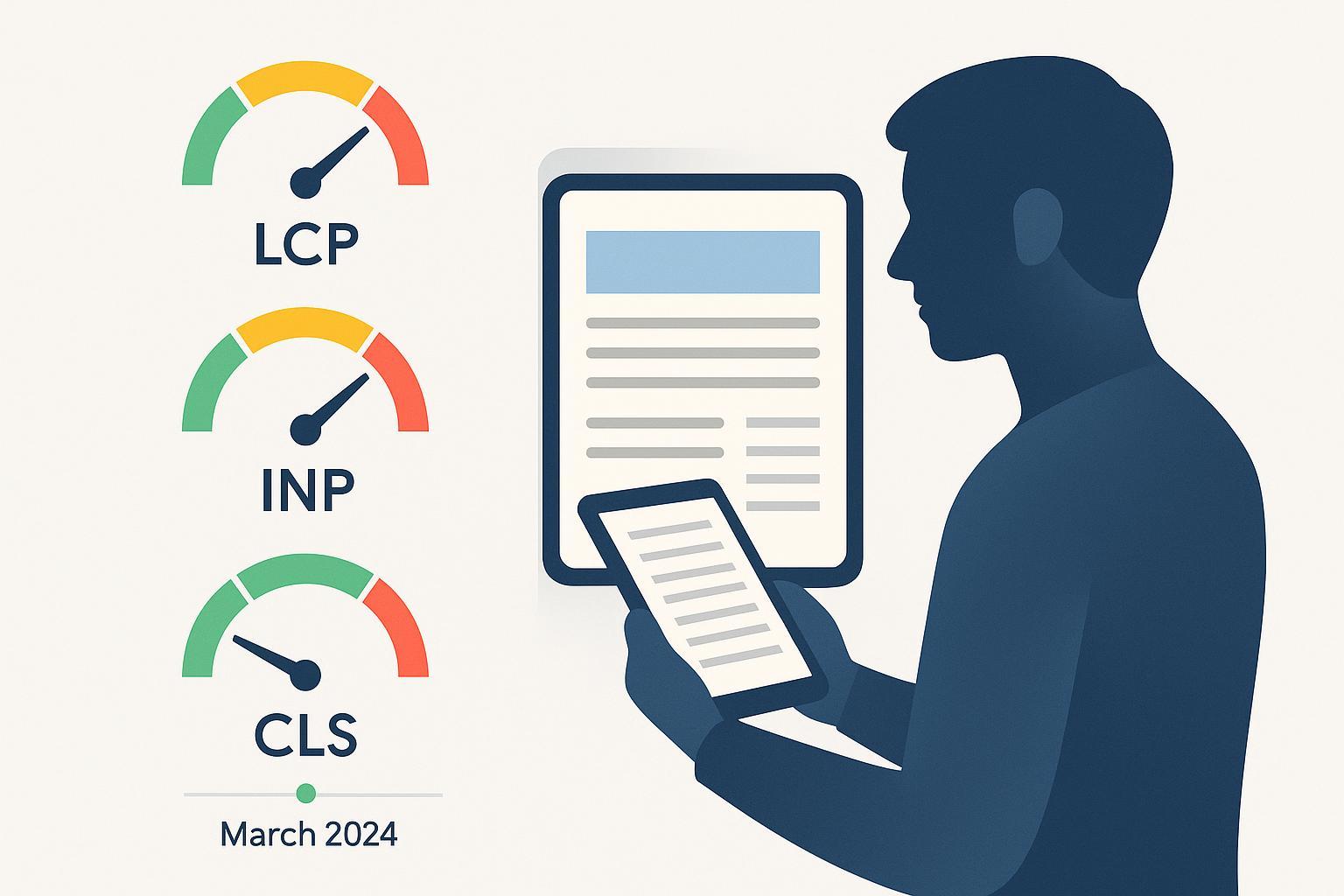
Updated on: October 3, 2025
“Web Vitals 2.0” isn’t an official Google product name, but it’s a useful shorthand for the 2024–2025 evolution of page experience: Interaction to Next Paint (INP) replaced First Input Delay (FID), measurement tools shifted, and the March 2024 search update doubled down on helpful, people-first content while enforcing new spam policies against scaled, low-value pages. The common thread is simple: better experiences for human searchers.
What actually changed: INP, thresholds, and tooling
- INP officially became a Core Web Vital on March 12, 2024, replacing FID. Google’s Chrome team announced the promotion and date on the web.dev blog in early 2024; the rationale was to better capture end-to-end responsiveness across an interaction lifecycle, not just the first input delay. See the announcement in the web.dev INP promotion post (Jan 31, 2024).
- Core Web Vitals thresholds (as referenced by Google Search Central in 2025) remain: aim for INP under 200 ms, LCP ≤ 2.5 s, and CLS ≤ 0.1. You can find the official targets in the Search Central Core Web Vitals documentation.
- Tooling shifted accordingly. FID was removed from Chrome tools in September 2024, and PageSpeed Insights’ Core Web Vitals assessment now evaluates INP rather than FID. Google noted the retirement in the web.dev “Chrome ends support for FID” update (Sept 10, 2024).
Why INP matters: Unlike FID, which looked at the very start of an interaction, INP captures the delay from user input through event handling and rendering to the next paint. In practice, it pinpoints long tasks, heavy JavaScript, and rendering bottlenecks that users feel as sluggishness—especially on modern SPAs and ecommerce flows.
The policy side: People-first content and scaled content abuse
In March 2024, Google consolidated its “helpful content” systems into the core ranking framework and refreshed spam policies to address scaled content abuse. The message to publishers is consistent: prioritize helpful, reliable, people-first content; avoid mass-produced, low-value pages regardless of how they’re created.
- Google’s Search Central blog (March 2024) urged sites to review guidance on creating helpful, reliable, people-first content during the core update rollout. See the Search Central core update and spam policies post (Mar 5, 2024).
- The spam policies define “scaled content abuse” as generating large volumes of pages primarily to manipulate rankings rather than help users—explicitly “no matter how it’s created,” whether by automation, humans, or both. Read the definition in Google’s Spam Policies on scaled content abuse.
Importantly, Google does not categorically penalize “AI content.” What matters is usefulness, originality, accuracy, and transparency. Teams can use AI in drafting workflows if they meet Search Essentials and avoid spam patterns.
For readers new to these concepts, we explain credibility signals and governance in our guide to building content authority for Google’s 2025 update.
The convergence: UX performance + people-first content
It’s tempting to treat Core Web Vitals as an engineering problem and the March 2024 update as an editorial policy. In reality, they reinforce each other:
- Fast, stable, responsive pages increase satisfaction and reduce abandonment. INP is essentially a proxy for perceived responsiveness.
- Helpful, original content answers intent, demonstrates expertise, and earns engagement. That engagement amplifies the value of great UX.
- Google’s documentation emphasizes that page experience signals are important, but content quality remains the primary ranking factor. So the winning strategy aligns both.
A practical operating model is to set CWV budgets (INP/LCP/CLS) alongside editorial E-E-A-T checks within the same content-production sprint. That way, you publish pages that are both fast and helpful—consistently and at scale.
If you’re sorting out policy myths and what “people-first” truly requires, see our plain-language explainer on Google’s AI content stance in 2025.
INP remediation: Quick wins engineers can ship this week
Focus on what users feel during interactions. Start with field data (CrUX, RUM) and then profile the main thread:
- Break up long tasks. Split large bundles, code-split routes, and defer non-critical JavaScript so event handlers can run without contention. The web.dev guidance on optimizing INP outlines practical patterns in 2024–2025.
- Optimize event handlers. Debounce high-frequency events (scroll, input), minimize synchronous layout thrashing, and prefer pointerup/pointerdown over click where appropriate to trim default delays.
- Reduce work during interactions. Defer non-essential I/O, batch DOM updates, and offload heavy computation to Web Workers when feasible.
- Prioritize interaction-ready UI. Lazy-load below-the-fold assets, prefetch or prerender likely navigations, and avoid blocking the main thread during route transitions.
- Measure like a hawk. Compare your RUM metrics to CrUX field data and validate improvements in PageSpeed Insights. For debugging, use Chrome DevTools’ Performance panel to identify long tasks and script hotspots.
Keep in mind that single-page applications often suffer INP regressions during route changes. Treat route transitions as high-priority interactions and guard them against heavy state reconciliation, synchronous analytics, or eager hydration.
Editorial safeguards: A people-first checklist for content teams
Operationalize quality so “helpful, reliable, people-first” isn’t a slogan:
- Intent and originality: Confirm the query-target fit and add unique value—original insights, examples, or data. Avoid stitched or lightly transformed summaries.
- Accuracy and sources: Fact-check and cite primary sources. Name the publisher and include the year for stats or quotes.
- Authorship and credentials: Provide author bios, review notes for sensitive topics, and clear revision history.
- E-E-A-T signals: Demonstrate experience (first-hand details), expertise (domain knowledge), authority (reputable citations), and trust (transparency, disclosures).
- Structured data alignment: Ensure titles, descriptions, and schema reflect visible content. Don’t mislead with exaggerated or mismatched metadata.
- Scaled-content guardrails: Ban bulk, value-less page generation. Require human editorial review and SME checks for complex topics.
A brief story from the field
Two mid-market sites made big pushes after March 2024:
- Site A refactored for INP and passed Core Web Vitals, but it also scaled out hundreds of thin AI-spun pages targeting long-tail variations. Within weeks, impressions rose but engagement and rankings were erratic; many pages were devalued under scaled-content patterns. The team had to rollback and rebuild an editorial QA layer.
- Site B improved INP from ~450 ms to ~180 ms on critical flows by breaking long tasks and debouncing handlers. In parallel, editors shipped authored, thoroughly cited guides with clear bios and update logs. Over the next quarter, crawl efficiency improved, user engagement stabilized, and rankings lifted on content that actually solved user problems.
The difference wasn’t speed alone—it was speed paired with credible, human-centered content.
Practical workflow: Unifying sprints for engineering and editorial
Here’s a single-sprint blueprint used by cross-functional teams:
-
Set budgets and acceptance criteria
- INP < 200 ms p75 on key templates; LCP ≤ 2.5 s; CLS ≤ 0.1 (from Search Central’s CWV thresholds in 2025).
- Editorial acceptance: intent match, originality, citations, visible authorship, and E-E-A-T checks.
-
Diagnose and prioritize
- Use field data to rank templates by INP pain; profile long tasks and route changes.
- Use content gap analysis to prioritize pages where helpfulness and expertise are clearly differentiating.
-
Implement and review
- Ship code-splitting, handler optimizations, and prerender hints; re-measure in RUM and PageSpeed Insights.
- Run editorial QA with checklists; verify metadata alignment and disclosures.
-
Publish and monitor
- Validate CWV in PageSpeed Insights and track CrUX trendlines over the 28-day window.
- Monitor engagement and search performance; schedule quarterly refreshes.
Product example: Enforcing people-first checks before publishing
Many teams need a lightweight way to standardize editorial QA without encouraging scaled, value-less output. One approach is to integrate governance checks directly into your content platform.
For example, you can configure review gates in QuickCreator to ensure authors meet E-E-A-T-aligned criteria (intent coverage, citations, visible authorship, and update logs) before going live. Disclosure: QuickCreator is our product. This doesn’t guarantee rankings, but it can help teams consistently apply people-first standards and avoid “publish-now, fix-later” drift.
Monitoring and refresh cadence in 2025
What to watch and how often:
- Core Web Vitals methodology and tools: INP replaced FID in 2024; FID reporting ended in 2024 across Chrome tools. If you still see FID in internal dashboards, retire it and adopt INP-centric diagnostics. See the web.dev note about ending FID support (Sept 2024).
- Core update and policy notes: Review Search Central posts for any new guidance on spam policies (especially scaled content abuse) and the continuing emphasis on helpful, people-first content. The March 2024 post remains the touchstone: Search Central on the March 2024 core update and spam policies.
- Page experience and documentation: Keep an eye on Search Central’s CWV page for threshold language and clarifications. The Core Web Vitals page on Search Central is the canonical reference.
Experimental note for SPAs: Chrome’s Soft Navigations work is evolving in 2025, influencing how metrics attribute to in-page route changes. Treat any experimental guidance as subject to change and track Chrome Developers updates before making sweeping measurement decisions.
Why this matters now
- INP is still relatively new in field datasets, and many teams are mid-migration on complex stacks.
- Google’s enforcement against scaled, low-value content continues to reshape traffic patterns for sites that leaned on quantity over quality.
- The most resilient wins come from aligning technical responsiveness with credible, genuinely helpful content.
Conclusion and next steps
- Engineers: Profile and break up long tasks; optimize event handlers; reduce main-thread contention during interactions; re-validate with RUM and PSI.
- Editors: Enforce people-first standards with clear authorship, accuracy, and originality; avoid scaled content patterns; keep metadata honest.
- Leaders: Combine CWV budgets and editorial QA into a single sprint so quality and responsiveness ship together.
If you’re formalizing these workflows, consider a governed content pipeline to make people-first checks repeatable across teams. You can pilot this with non-critical pages first and phase in broader adoption once your CWV and editorial acceptance rates stabilize.
—
References for further reading
- INP replaces FID (announcement, 2024): web.dev on INP’s promotion and date
- Core Web Vitals thresholds (2025): Google Search Central Core Web Vitals
- March 2024 core update and spam policies: Search Central blog on Core Update & Policies
- Scaled content abuse definition: Google’s Spam Policies
- FID end of support (Sept 2024): web.dev on ending FID support
- Practical INP fixes: web.dev’s “Optimize INP” article


